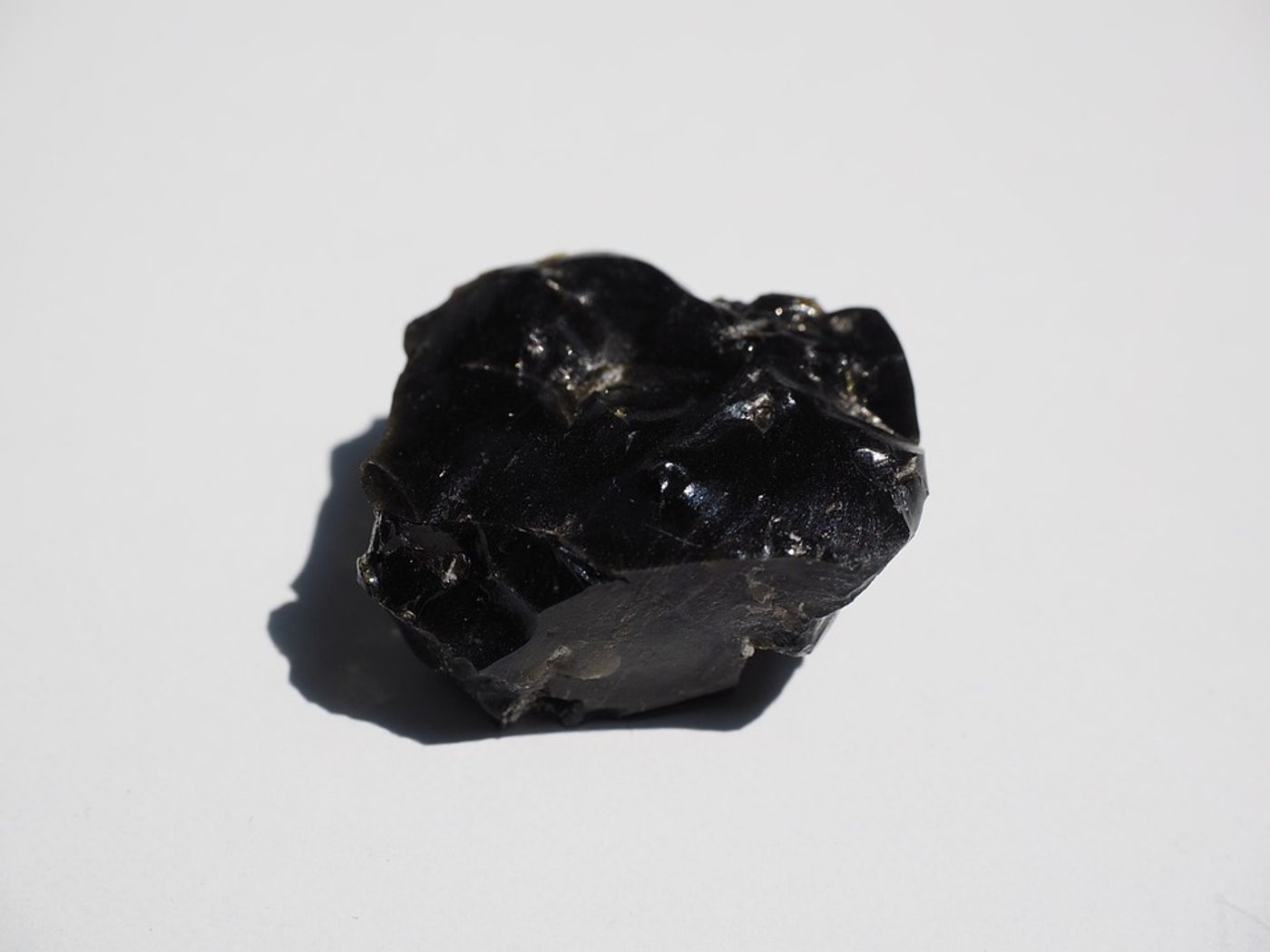Who made the first stone tools? Two new discoveries in Eastern Africa offer clues
By now, we know that human ancestors made and used tools. Rather than “did they?” the question has changed to, “who made them first?” For years, it had been thought that Homo habilis—whose name means “handy man”—was the first stone tool maker. A discovery in 2015 led by French archaeologist Sonia Harmand pushed back the origins of manufacturing stone tools to 3.3 million years ago, meaning that australopithecines (an extinct hominin genus) made and used stone tools.
Now, researchers have announced evidence for another genus of human ancestor making stone tools: Paranthropus. To date, three species of Paranthropus have been named: P. aethiopicus, P. robustus, and P. boisei. There is some debate about other species, too, though they are not universally agreed-upon. The genus is characterized by a robust skull with a prominent sagittal crest along the middle of the skull (this indicates large, powerful chewing muscles) and particularly large teeth used for grinding (rather than shearing, for example) food. They were bipedal animals (i.e., walking on two legs) and were, on average, 4 feet tall and about 110 pounds.
While these tools are not quite as old as Harmand’s discovery, they are still relatively old with a proposed date of 3.0 to 2.5 million years ago. The tools, found at sites in Nyayanga, Kenya, were alongside two teeth, suggesting to researchers that Paranthropus made the tools.
The tools fit into the Oldowan tradition of toolmaking, which is widespread in prehistory. The tools are simple, usually just made with one or two flakes chopped off of the stone by another stone (a process usually called knapping). The Oldowan tradition was used during the Lower Paleolithic (3 million to 300,000 years ago) and were made by human ancestors.
The use of these tools allowed hominins to really extract resources from their environments more effectively. They could cut meat more effectively and also break open bones to extract bone marrow. Slice marks were found on several hippo bones, indicating that the tools were being used to cut hippo meat. The researchers suggest that it will be tough to determine for sure whether Paranthropus manufactured and used the tools, but the presence of their teeth at the site make it likely that they did.
Just up the road (give or take 1.3 million years) another astonishing discovery also illuminates the manufacturing of stone tools in prehistory. In Ethiopia, scientists discovered a site that held nearly 600 obsidian hand-axes. Paranthropus was extinct by then, so they were not the culprits, but an unknown group of human ancestors was creating hand-axes at this major manufacturing site.
This discovery pushes back the use of obsidian (a naturally occurring volcanic glass formed when lava extruded from a volcano cools rapidly) by about 500,000 years. It is a particularly useful material as a tool given its sharpness. But, its sharpness also means that it can be hard to work with because it causes injuries and can easily break.
It’s hypothesized that a meandering river left obsidian deposits which allowed for hominins to easily gather the material. The team suggests that that hominins who made these hand-axes were taking advantage of new opportunities. More concrete statistical analysis suggests that there was a standardization and attention to detail in the making of these artifacts, leading the team to call this site a workshop.
Both of these discoveries allow us to continue learning about human evolution and, more specifically, our behavioral origins. There has been clear evidence for decades that hominins make and use stone tools and our understanding of how that happens—including who made them when and what materials were used—continues to deepen our understanding regarding the origins of this behavior.
Sources: Smithsonian Museum of Natural History, Nature, Science, PBS, New Scientist, Nature Ecology and Evolution, Vice, Live Science









